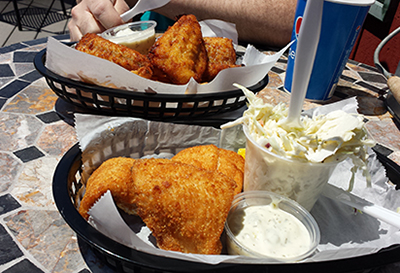Eat Wisconsin Fish videos earn “favorite project” status
The calendar will soon flip to 2024. Our staff members are ready to tackle new projects in the coming months. Before they move more deeply into the new year, however, some staff members took a moment to retain the glow of their favorite 2023 project. Video Producer Bonnie Willison shared her thoughts.
Some of my favorite projects this year came out of an Eat Wisconsin Fish trip arranged by Sharon Moen. As Wisconsin Sea Grant’s food-fish outreach coordinator, Sharon visits commercial fishers and fish producers across Wisconsin to see what they’re up to and how Sea Grant can help. As the staff video/podcast producer, I tag along to produce profile videos of the interesting people in this corner of the fishing industry.
This June, we traveled to the Mississippi River, including stops in Menomonie, Mondovi, Prairie du Chien and Genoa. I think all of us on the trip (myself, Sharon, Emma Hauser, Jenna Mertz, and three summer outreach scholars) learned a lot about the fisheries of the Mississippi River.
One video I produced features Mike Valley, whose Fish and Cheese shop in Prairie du Chien is as colorful as his stories. Another video I made features the family behind Jeremiah’s Bullfrog Fish Farm and some of the best food visuals of the year, which made me hungry while I was editing.
When I think of video projects that carry out the Sea Grant mission, I think of my trips with Eat Wisconsin Fish. The profile videos educate the public about the sustainability of Wisconsin’s fish, our fishing heritage and career pathways in the industry. The videos promote Sea Grant’s brand, but also provide a service to the small business owners – a professionally made video that they can use to promote their business.
Lastly, the trip was a great in-the-field experience for our summer outreach scholars. My video production intern, Jeremy Van Mill, got to help shoot in five locations in two days, which, I think, is invaluable experience for someone looking for a career in video. Some of his footage made it into the final videos.
The post Eat Wisconsin Fish videos earn “favorite project” status first appeared on Wisconsin Sea Grant.Blog | Wisconsin Sea Grant
https://www.seagrant.wisc.edu/blog/eat-wisconsin-fish-videos-earn-favorite-project-status/

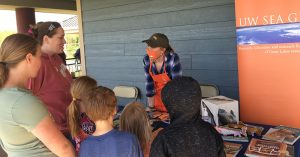
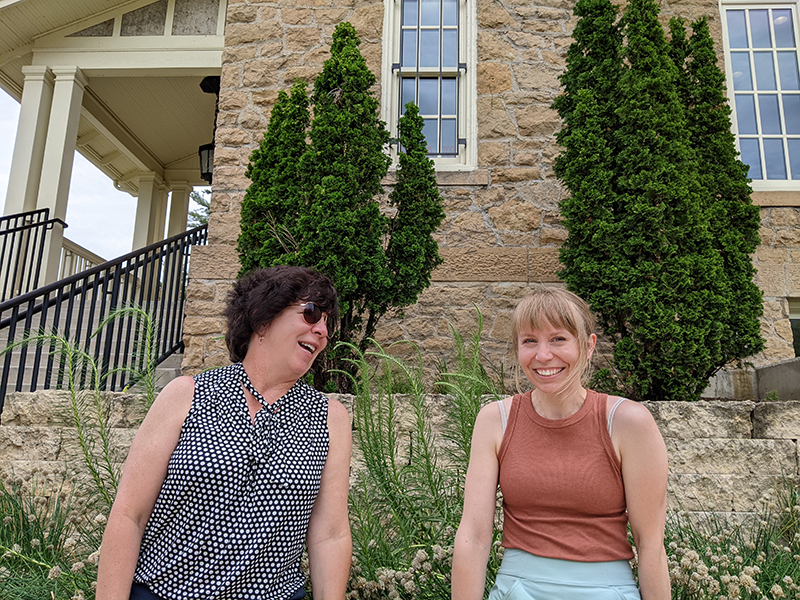
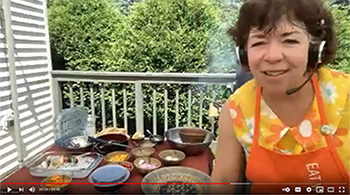
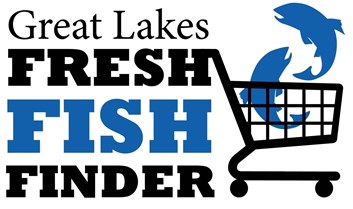
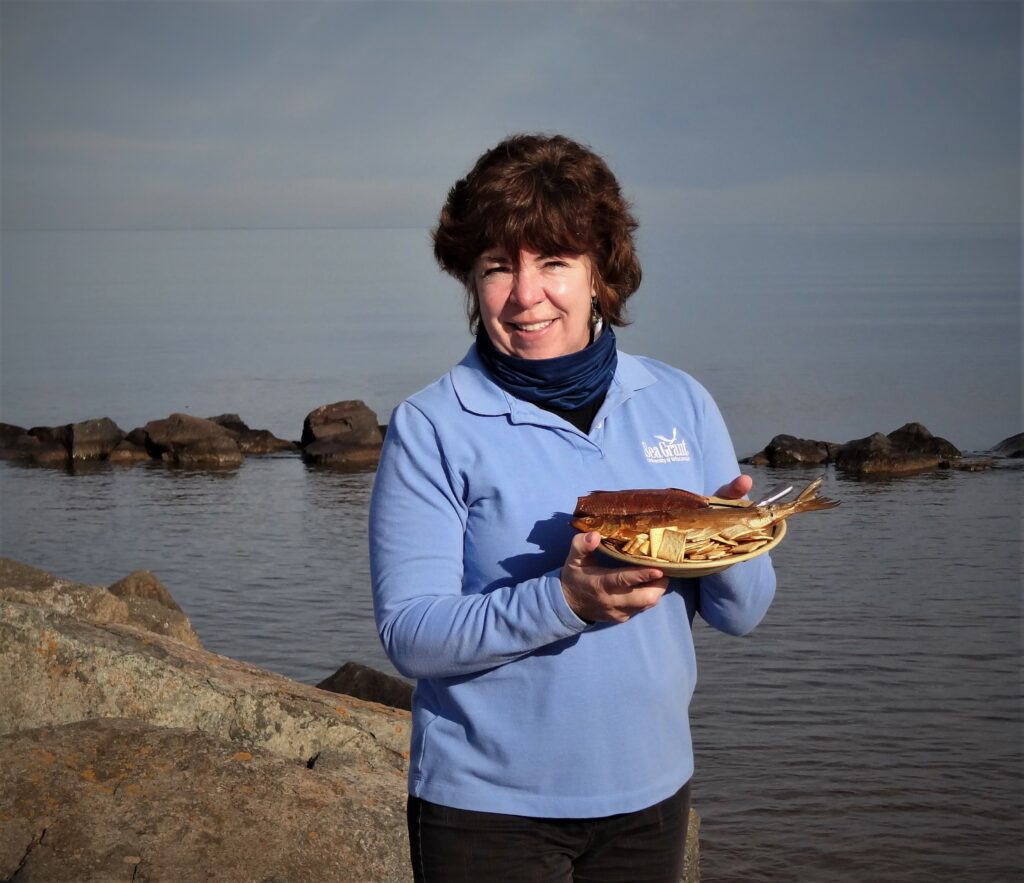

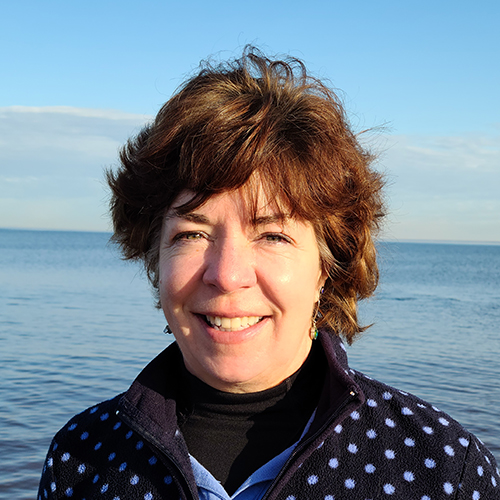
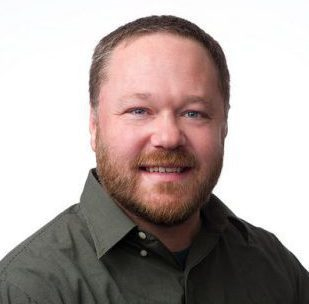
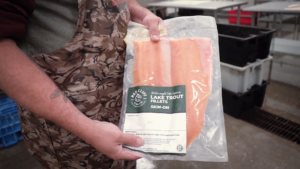
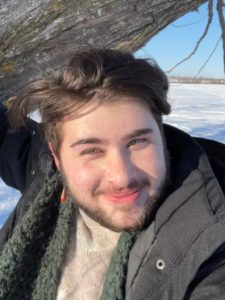
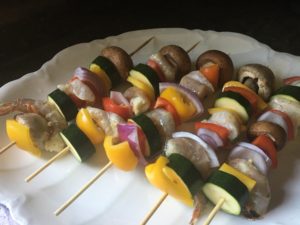
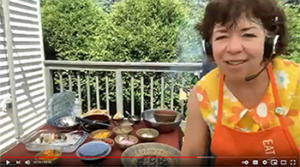
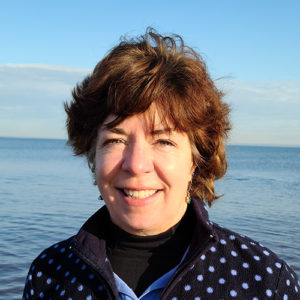
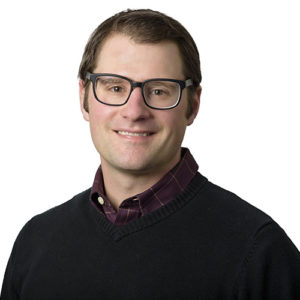
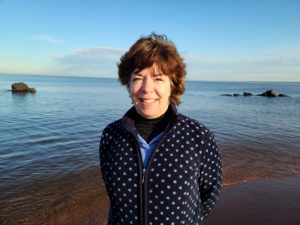
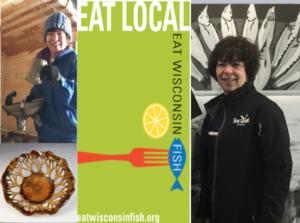
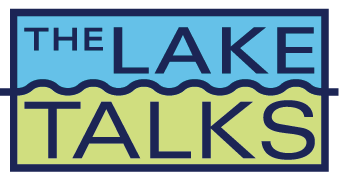 Topics include aquatic invasive species, eating local fish and Green Bay’s ecosystem
Topics include aquatic invasive species, eating local fish and Green Bay’s ecosystem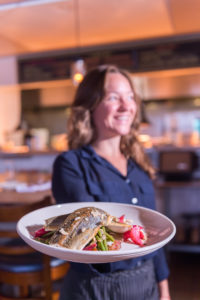
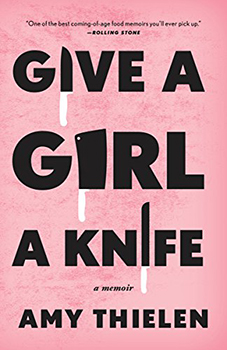 Along these lines, I greatly enjoyed
Along these lines, I greatly enjoyed 